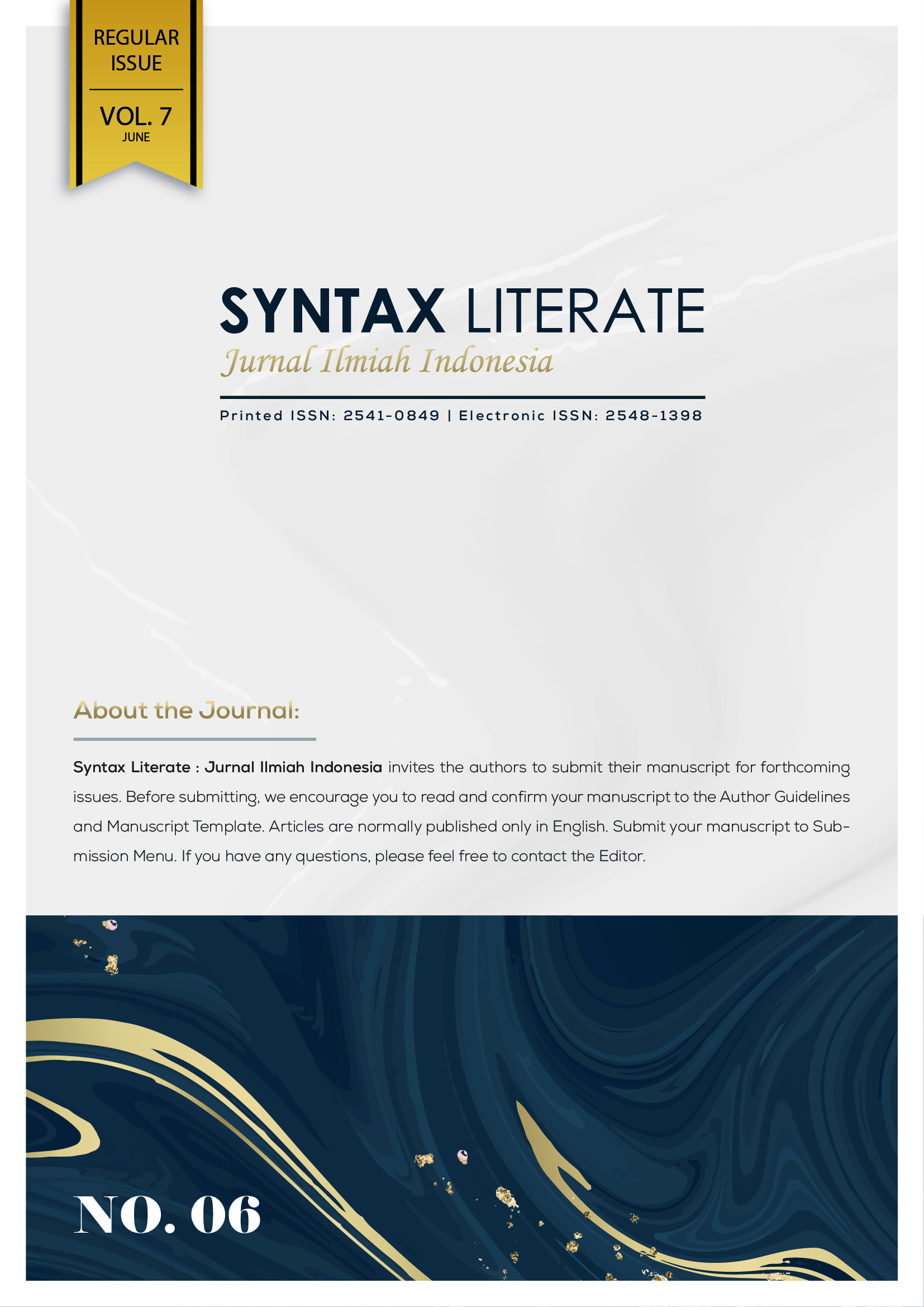Financial Distress Analysis of Manufacturing Companies Listed On The IDX For The 2016-2020 Period With Springate and Altman Methods
Abstract
The COVID-19 pandemic period is a difficult time for many business actors where this pandemic has a negative impact that causes entrepreneurs to have to adapt to new situations. In running its business, it is not uncommon for companies to fail to achieve their short-term and long-term goals, causing operational losses in the current year. If the loss is experienced continuously by the company, then the event can bring the company to bankruptcy until bankruptcy. In the third quarter of 2021, BPS recorded a manufacturing industry growth of 3.68 percent, a fairly good increase in the midst of the large number of COVID-19 cases in Indonesia. According to the Central Statistics Agency (BPS), 5 business sectors contributed 63.8 percent to Indonesia's Gross Domestic Product (GDP) in the fourth quarter of 2021, with the manufacturing sector taking first place with a contribution of 18.3 percent to GDP. Therefore, there are various reasons why this research is important, including the fact that the manufacturing sector is very important in the production of primary and secondary goods for public consumption and other enterprises. Manufacturing companies are also still the leading sector or sectors that lead and contribute to the country's economic growth and in the absorption of labor. In addition, this study also wants to prove whether it is true that the manufacturing sector shows a positive stretch during the pandemic, or only some industries in the manufacturing sector by using the Springate S-Score and Altman Z-Score methods. Calculations of financial condition carried out by the Springate and Altman methods on manufacturing companies listed on the Indonesia Stock Exchange in 2016-2020 show that the Springate method groups 282 samples into the healthy category and another 283 into the distress category. While the Altman method groups 235 samples into the healthy category, 136 samples into the gray zone category, and 194 others into the distress category. The results also show that the Springate method has a higher level of consistency than the Altman method in this study.
Downloads
Copyright (c) 2022 Felicia Felicia, Maria Ulpah

This work is licensed under a Creative Commons Attribution-ShareAlike 4.0 International License.











